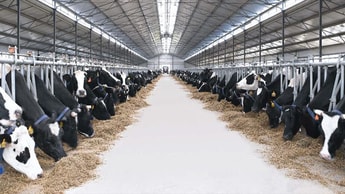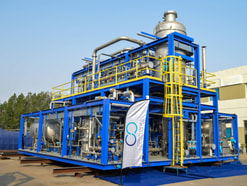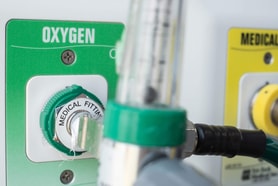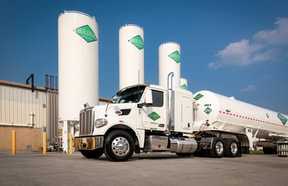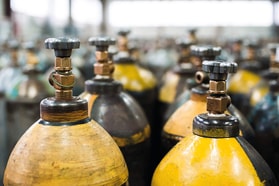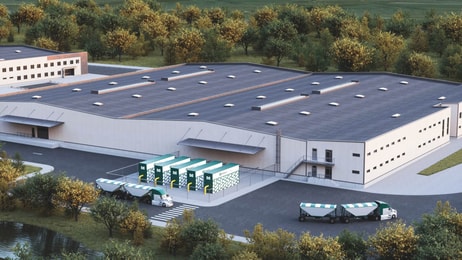A Whole Lot Brewing Down on the Farm
With the advent of summer, our thoughts turn to pleasant weather, some time off, and an idyllic place to enjoy that free time — like a trip to a farm. Today, there is more going on alongside the cows, corn, and rolling pastures than meets the untrained eye. It seems innovation is brewing in the barnyard, where waste is being turned into energy.
As much as we love those days on the farm, a typical pasture is a “minefield” of animal waste. In addition to being the bane of the clean boot, and sure to sully the scent of otherwise-fresh air, the manure produced by barnyard animals is also one potent pollutant. Decaying animal waste begins emitting the greenhouse gas nitrous oxide once it is released from the animal. Also troubling to environmentalists is the methane emitted by the animals during the digestive process and released along with the waste. While carbon dioxide (CO2) is the most common greenhouse gas produced by humans, methane is far more toxic to the ozone layer. And boy, are those animals full of … methane.
One line of defense for environmental scientists has been to study ways to make cows and other animals produce less methane through better diets and genetics. This has proven successful to a degree, but many farmers, especially those that comprise the bulk of third world nations’ economies, are poor and lack access to modified feed. Others see, among all those gases and emissions floating around, that there exists a considerable amount of potential for fuel sources. This strategy is one that is well-suited to less developed nations as it addresses many issues related to farming, greenhouse emissions, and the power needed to confront these challenges.
On its own, cow waste after digestion primarily releases nitrous oxide, with a small amount of methane. If this waste, or manure, is mixed with organisms that help it decompose, the methane released increases. There are two ways to prompt this digestion: aerobic and anaerobic digestion. Aerobic digestion is the process by which things decompose in the presence of oxygen. This method is used frequently to treat sludge. (See “Using Ozone to Minimize Waste Management Costs,” by Praxair, CGI, February 2010, p. 42.) Anaerobic digestion occurs when things decompose in the complete absence of oxygen, using microorganisms to stimulate decomposition. This latter method has proven to be a successful method to ultimately produce useful biogas from all the manure on farms.
... to continue reading you must be subscribed


